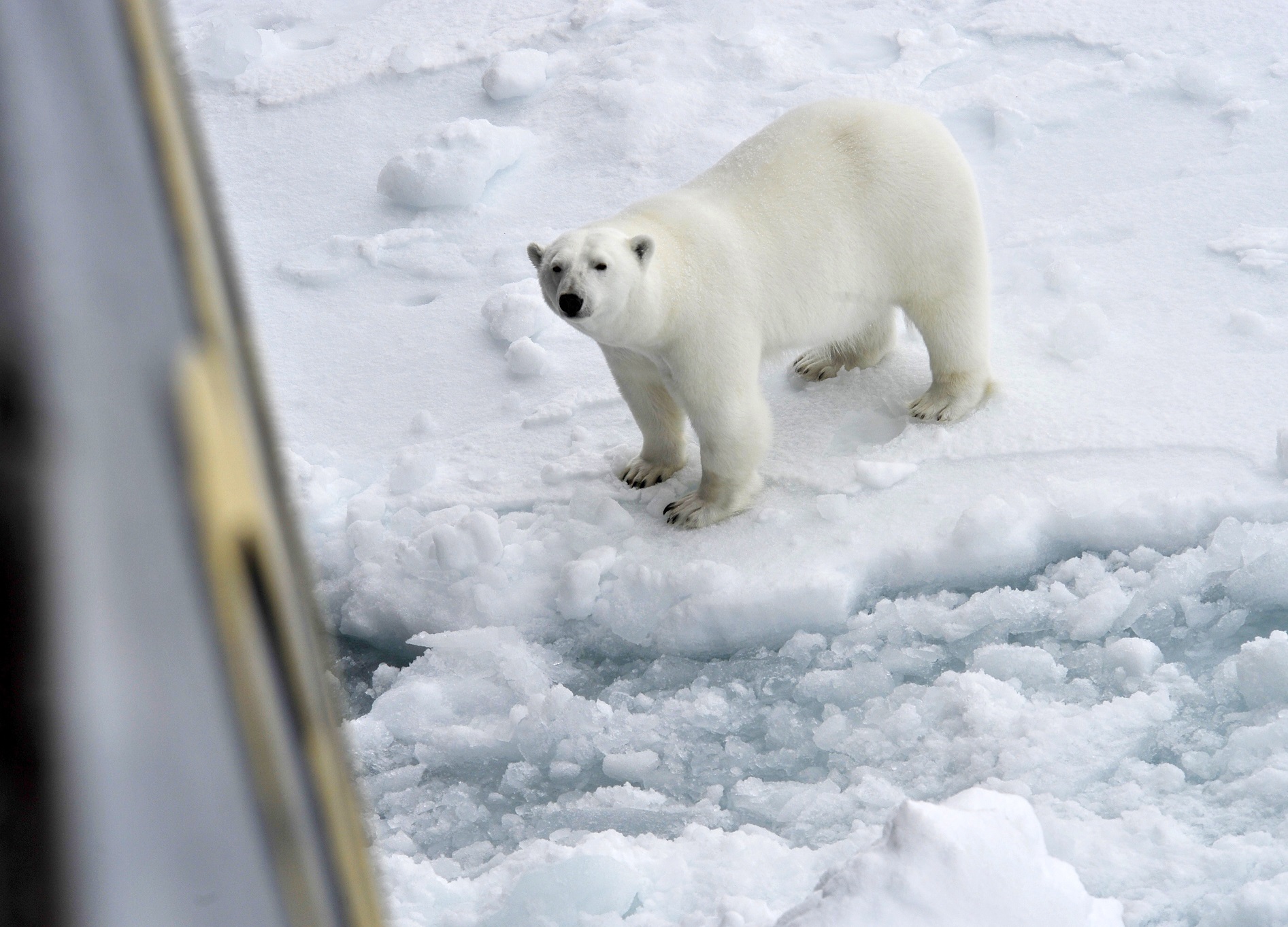ID :
541114
Tue, 08/20/2019 - 11:44
Auther :
Shortlink :
https://oananews.org//node/541114
The shortlink copeid
Scientists on board Professor Molchanov leave for expedition to Severnaya Zemlya

ARKHANGELSK, August 19. The Arctic Archipelagoes-2019: Severnaya Zemlya expedition on board the Professor Molchanov research vessel began on Friday.
The ship heads for the Kara Sea, the expedition’s head Maria Gavrilo told TASS, adding the voyage will continue to September 18.
"Our expedition heads for the Kara Sea, to the Severnaya Zemlya Archipelago, to the Kara Sea’s islands, and, if the ice situation favors, we shall try to go to the Laptev Sea," she said. "Our plans are rather ambitions; the announced area is big."
"We shall return to Arkhangelsk on September 18," she said.
The route depends on the ice situation
The expedition’s time - late summer-early autumn - is most favorable in terms of ice situations in the Kara and Laptev Seas, she explained.
"We realize that the weather and nature will make us adjust the plans, but we want to get to the Kara Sea’s north-east, to explore the coastline, and to make complex studies, which have never been done there," she said.
The ship’s Captain Sergei Khokhlov expects "the ice situation wouldn’t be easy."
"In such a case, our plans will depend on the weather conditions, and we might go to a different area," he added.
The team of explorers unites 22 specialists. "The project features Russian specialists, and financial support comes from the US National Geographic Society," the expedition’s leader said.
To study and to preserve
Severnaya Zemlya is a territory, which does not have permanent population. "In the past, the Arctic and Antarctic Studies Institute had three bases [on the archipelago], in the 1990s they were closed, and one of them was re-opened in 2013," the expedition’s leader said. "It works year-round. Besides, on the Bolshevik Island a team of gold prospectors [work], and obviously, their settlement is the biggest there."
One of the tasks for the expedition is to prepare materials to prove expanding the nature reserve’s territory on Severnaya Zemlya.
"The idea to expand the nature reserve territory there is not new, but when scientists put together scientific reasons for the expansion, the document was, so to say, rather weak," the expert said. "The earlier research was either insufficient or results were outdated. Our expedition will collect materials, which will fill in the existing gaps."
Presently, on the archipelago, there is one nature reserve, which takes less than 10% of the territory, while, for example, Franz Josef Land is fully an area of the nature reserve - the Russian Arctic National Park.
Severnaya Zemlya has rather vast land areas, and glaciers take about half the territory. "The Central-Siberian location influences the local flora and fauna: the archipelago is the northern outpost of the so-called Yenisei zoological and geographical borderline," she continued. "The archipelago is equally distanced from the Pacific and from the Atlantic Oceans. It is an area, where populations of Atlantic and Pacific animals contact."
"Our ‘terra voluntas’ is the Severnaya Zemlya’s north-eastern shore, where the shelf is very narrow, and it is an area of known high biological productivity," she added. "We expect those biological hotspots would be very interesting for studies."
In the Arctic like high in mountains
During the voyage, the expedition members will become objects of studies - scientists will register how blood circulation mechanisms work in the Arctic conditions. When in the Arctic, people suffer moderate hypoxia, like in climbing mountains.
The Severnaya Zemlya Archipelago was opened on September 4, 1913 by the Vilkitsky expedition. Before 1926, it was called the Emperor Nicholas II Land. Severnaya Zemlya is at the border between the Kara and Laptev Seas. It consists of four big (the October Revolution, the Bolshevik, the Komsomolets, and the Pioneer) and many small islands.
Read more





